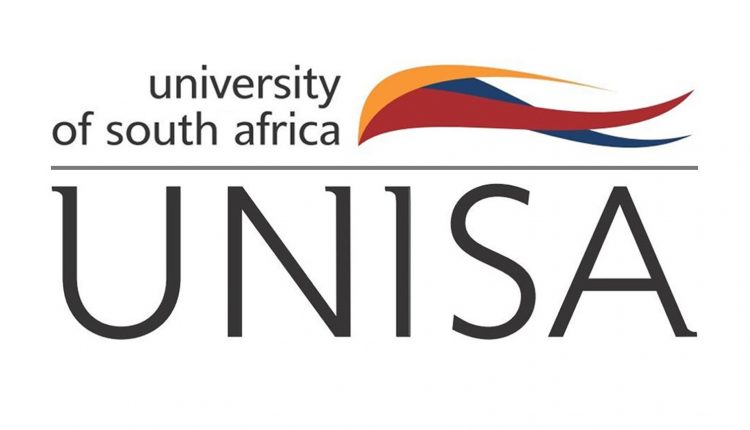University of South Africa: Unisa innovators awarded European patent for ground-breaking invention
The College of Science, Engineering and Technology’s Prof Vijaya Vallabhapurapu from the Department of Physics and Prof Patrice Umenne from the Department of Electrical Engineering were recently granted a European patent for their invention which will have a significant impact in the fields of quantum computing and medical imaging.
A European patent refers to a single patent application that covers many European states during the examination process. Once a patent granted, it is split up into separate national patents in the states that the inventors choose. In the case of Vallabhapurapu and Umenne, their European patent (No 3485507) was granted for an invention in relation to a femtosecond laser-based method for the fabrication of micro- and nano-constriction-type structures on a YBa2Cu3O7-x (YBCO) superconducting thin film, and a superconductor device that includes a YBCO thin film onto which a predefined pattern is vaporised by means of a femtosecond laser.
The awarded patent originates from Umenne’s doctoral degree in applied physics with the thesis entitled “Fabrication of nano Josephson’s Junction using the Femtosecond laser technique on YBCO superconducting thin films”, which was supervised by Vallabhapurapu.
Explaining their invention further, Vallabhapurapu and Umenne mention that the patented invention covers fabrication of nano Josephson junctions (JJs), and was motivated by fundamental physics of Josephson effects at the nano scale. Nano JJs are building blocks for “qubits” in quantum computing and for brain and other medical imaging techniques
Prof Patrice Umenne
which do not require the use of external magnetic fields. This was made possible by the fact that nano JJs can sense the brain self-magnetic fields. This leads to futuristic zero field medical imaging, which is very significant in the context that the current magnetic resonance imaging uses huge magnetic fields on the order of a few tesla. “The entire fabrication process of the patented work can be automated, enabling mass industrial and commercial production,” says Vallabhapurapu.
It certainly is an achievement that speaks to one of the four strategic imperatives of Unisa’s Research and Innovation Strategy, namely productivity. It is against this background that both researchers were recently recognised under the category “First Patent Granted in Examining Jurisdiction” at the 2022 Unisa Research and Innovation Awards.
Vallabhapurapu’s current research focuses on applied physics and devices such as JJs at nano scale, microwave spintronics for emerging computer memory devices and green computing, nanotechnology for water purification, and enzyme-based catalysis, while Umenne’s research interests are in microelectronics, telecommunications, femtosecond laser applications, JJs and the Josephson effect.

